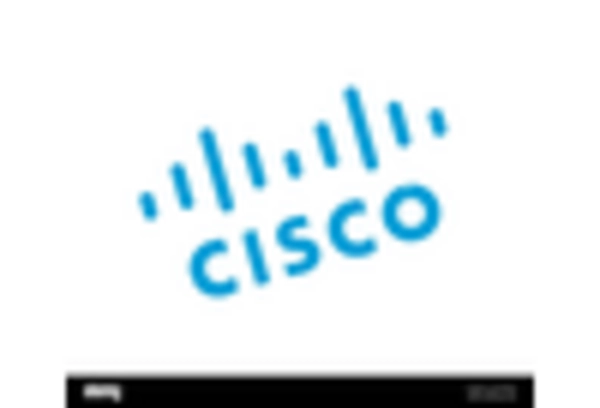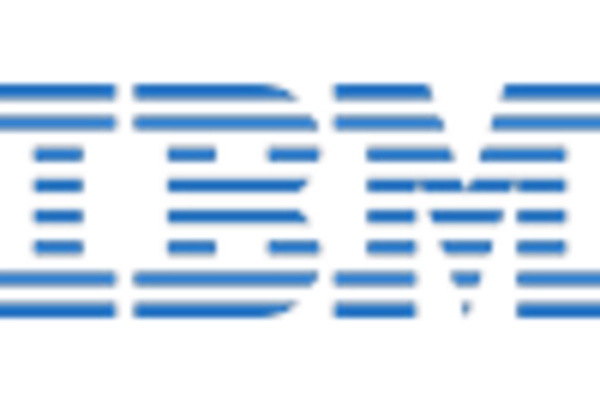Emergence of Edge Computing
The rise of edge computing is reshaping the IoT Communication Protocol Market. By processing data closer to the source, edge computing reduces latency and bandwidth usage, which is crucial for real-time applications. This shift necessitates the development of communication protocols that can efficiently manage data flow between edge devices and centralized systems. As organizations increasingly deploy edge computing solutions, the demand for specialized protocols that support low-latency communication is likely to grow. In 2025, the edge computing market is expected to surpass 15 billion, indicating a substantial opportunity for the IoT Communication Protocol Market to innovate and provide tailored solutions that enhance operational efficiency.
Increasing Demand for Smart Devices
The proliferation of smart devices is a primary driver for the IoT Communication Protocol Market. As consumers and businesses increasingly adopt smart technologies, the need for efficient communication protocols becomes paramount. In 2025, the number of connected devices is projected to reach over 30 billion, necessitating robust communication frameworks. This surge in device connectivity drives the demand for protocols that can handle diverse applications, from smart homes to industrial automation. The IoT Communication Protocol Market must adapt to this growing ecosystem, ensuring interoperability and seamless communication among devices. Consequently, manufacturers are investing in developing versatile protocols that can cater to various use cases, thereby enhancing market growth.
Regulatory Compliance and Standards
Regulatory compliance is becoming increasingly critical in the IoT Communication Protocol Market. Governments and regulatory bodies are establishing standards to ensure data security, privacy, and interoperability among devices. As organizations strive to meet these regulations, the demand for compliant communication protocols is expected to rise. In 2025, the market for IoT security solutions is projected to reach 40 billion, highlighting the importance of secure communication protocols. Companies that can develop protocols adhering to these standards will likely gain a competitive edge, driving growth in the IoT Communication Protocol Market. This focus on compliance not only enhances consumer trust but also fosters a more secure and reliable IoT ecosystem.
Advancements in Wireless Technologies
Advancements in wireless technologies are significantly influencing the IoT Communication Protocol Market. The introduction of 5G technology is set to revolutionize connectivity, offering higher speeds and lower latency. This evolution enables new applications, such as autonomous vehicles and smart cities, which require robust communication protocols to function effectively. As 5G networks expand, the demand for protocols that can leverage these advancements is likely to increase. In 2025, the 5G market is anticipated to exceed 250 billion, indicating a substantial opportunity for the IoT Communication Protocol Market to innovate and adapt. Companies that can develop protocols optimized for 5G will be well-positioned to capitalize on this trend.
Growing Investment in Smart Infrastructure
Investment in smart infrastructure is a key driver for the IoT Communication Protocol Market. Governments and private sectors are increasingly funding projects aimed at modernizing infrastructure through IoT technologies. This trend encompasses smart grids, intelligent transportation systems, and connected public services, all of which require efficient communication protocols. In 2025, the smart infrastructure market is projected to reach 100 billion, underscoring the potential for growth in the IoT Communication Protocol Market. As these projects unfold, the demand for protocols that ensure reliable and secure communication will likely surge, presenting opportunities for innovation and collaboration among industry players.

















Leave a Comment